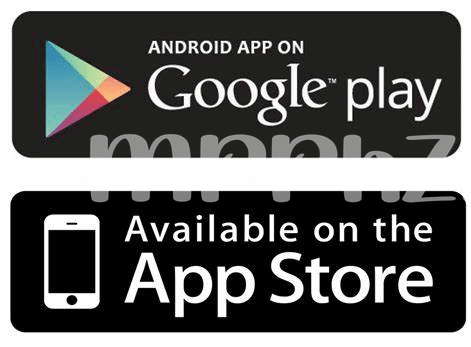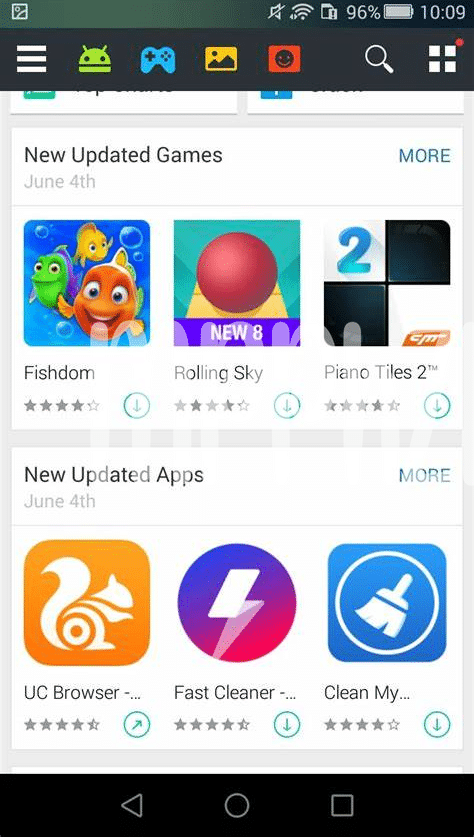
- Navigating the App Jungle: Why Permissions? 🌐
- Personal Data Safety: Your Information Guard 🛡️
- Permission Slip: Decoding Access Requests 🔍
- The Consequences of Over-permission 🔓
- Striking the Balance: App Functionality Vs. Privacy ⚖️
- Staying Updated: the Evolution of App Permissions 🔄
Table of Contents
ToggleNavigating the App Jungle: Why Permissions? 🌐
When you download a new app, think of it like inviting someone into your home. 🏠 Just like you’d only give house keys to someone you trust, it’s smart to consider what parts of your phone you’re giving an app access to. Permissions are like those keys, and apps ask for them so they can do their job. But sometimes, they ask for keys to rooms they don’t need to be in. 🤔 It’s like having a painter over and finding out they also want a key to your safe!
| Permission Type | What It Means | Why It’s Needed |
|---|---|---|
| Camera | Access to your phone’s camera | For apps that take photos or video |
| Contacts | Access to your contacts list | For messaging or social media apps |
| Location | Access to your device’s location | For maps or location-based services |
| Microphone | Access to your microphone | For voice calls or voice commands |
| Storage | Access to your device’s files and media | For saving or reading your files |
Watch out, because some apps can make you feel the FOMO and ask for all-access passes to your digital world. But be careful, you don’t want to become a bagholder of a clunky app hogging all your precious info. Always check why an app needs the permissions it’s asking for – do they absolutely need it, or is it just nice for them to have? If something feels off, trust your gut. Your personal data is worth more than you might think! 👀 Remember, once you click ‘Accept’, that app’s got the green light to enter those areas of your phone life. So think twice, act wise. And keep an eye out for those sneaky typos – nobody wants to grant permission for ‘acces’ when what you meant was ‘access’.
Personal Data Safety: Your Information Guard 🛡️
When you tap “Install” on an Android app, you might not realize that you’re opening the gate to your digital life. Think of those permission pop-ups like a security guard, asking, “Do you recieve this guest?” Every app wants access to bits of your personal info—be it your location, contacts, or camera. A bit like having a bouncer at your door, it’s worth considering who you let in and why. Because once inside, these apps can affect your privacy.
Sometimes giving access is necessary for the app to work properly – like a map app needing your location. But be wary; not all requests are made with the best intentions. For instance, a simple game asking for your contacts list might raise an eyebrow. If that feels like a pushy guest asking to scan through your personal diary, it probably is. Always ask yourself if an app really needs the permissions it is asking for. After all, you wouldn’t want to become a bagholder for someone’s data collection scheme. Keeping control helps make sure the only things going “moon” are the features you truly want to take off.
Permission Slip: Decoding Access Requests 🔍
Imagine you’ve just downloaded a new app, excited to explore its features. But before the fun begins, you’re greeted with a list of permissions the app is requesting. It’s like arriving at a new friend’s house, only to have them ask if they can rummage through your bag – it feels a bit invasive, doesn’t it? Permissions are the app’s way of asking, “Hey, can I access your camera, contacts, or storage?” Think of it as the app’s method of ensuring it has everything it needs to work properly.
However, not all apps play nice. Some might ask for more than they need, like a nosy neighbor who wants to know what you’ve got in your garage when all they need is to borrow a cup of sugar. These extra permissions can put your personal data at risk, and nobody wants to end up a bagholder with an app that oversteps its boundaries. Making smart decisions about which permissions to grant is crucial: give the green light only to what makes sense. 🚦 Next time an app asks to peek into your digital life, pause and consider what it’s truly asking for – you don’t want to catch a case of cryptosis from an app that’s asking too much.
The Consequences of Over-permission 🔓
Imagine inadvertently becoming a bagholder in the digital space, where the stakes are not just about investments but also personal information at risk. When an app asks for more permissions than it needs—like a game app that wants to access your call logs—it’s akin to a sneaky backdoor deal. You get the fun, but at what cost? Your privacy could be silently traded, leaving you exposed without realizing it. Picture handing over the keys to your personal data vault, whenever you agree a little too quickly, without considering the ‘why’.
Knowledge is power, and power remains in your hands. For instance, learning how to make an app for android free could enlighten you about the inner workings of app permissions. It’s important to consider that with each unnecessary permission granted, your device could become a host for cryptojacking, chugging away at secret calculations for someone else’s gain. Users need to awaken their inner cryptojacking vigilantes, staying alert and maintaining tight control over privacy settings. The consequences? They’re deeper than we often think, for the moment a permission is granted, it could be the very slip that causes your digital footprints to be tracked, traced, and misused—sometimes, with implications that are hard to undo.
Striking the Balance: App Functionality Vs. Privacy ⚖️
Imagine you’ve downloaded a shiny new app, excited for the features it promises. But wait – it’s asking for access to your contacts, your camera, and even your location. 🤔 Seems like a bit much, right? Every time we install an app, we’re faced with this trade-off: the cool stuff the app can do for us vs. keeping our personal info private and safe. It’s like walking a tightrope where one side is chock-full of features (like a nifty GPS navigation that can take you to the moon and back 🚀) and the other is your private life, tucked away under a digital lock and key. We’ve all faced that FOMO, worried we’ll miss out on the next big thing if we don’t say yes to all those permissions. But the key is to have diamond hands when it comes to your digital privacy – hold onto it tightly, because once it’s gone, it’s hard to get back. So, when apps ask to peek into your life, think carefully: is the convenience worth the risk? Sometimes, less is more – especially when it comes to keeping your private stuff, well, private. And if it all starts to get confusing, remember DYOR – do your own research – to help you decide what’s really neccessary for your app happiness.
| Feature | Required? | Privacy Concern |
|---|---|---|
| GPS Navigation | Yes, for location-based services | Tracks your movements |
| Access Contacts | Not for most features | App could mine data or send unsolicited messages |
| Use Camera | Yes, for scanning or image-related features | Potential for unauthorized recording/sharing |
Staying Updated: the Evolution of App Permissions 🔄
As we dive into the digital world filled with countless apps, it’s crucial to stay savvy about the changes in how they ask for your permission. Think of it like a constantly evolving garden where the plants—your apps—grow and change, with new sprouts popping up all the time. 🔄🌱 In the beginning, app permissions were a bit like the Wild West, asking for broad access to your phone. But over time, with users’ privacy concerns and government regulations kicking in, these permissions have become more specific and transparent. Nowadays, you might notice your apps behaving like polite guests at a party, asking if it’s okay to take a look in your contacts or check your location, rather than barging through your digital life.
With each software update, your apps might present a fresh set of permission requests. You could say it’s a bit like cryptojacking but in plain sight. Apps no longer take a carte blanche approach, instead asking for the bare necessities to function properly. And for those of us without diamond hands in the tech realm, these updates are good news. We’re less likely to become bagholders of outdated, risky permissions. Remember, an up-to-date app environment adapts to the latest threats—fending off malware and safeguarding your precious data. So next time an update pops up, don’t just hit “accept”—give it a peek to make sure your digital space stays safe and sound. It’s like having a guard dog that doesn’t just bark at any threat—it knows defintiely which ones to chase off. 🐾🛡️




